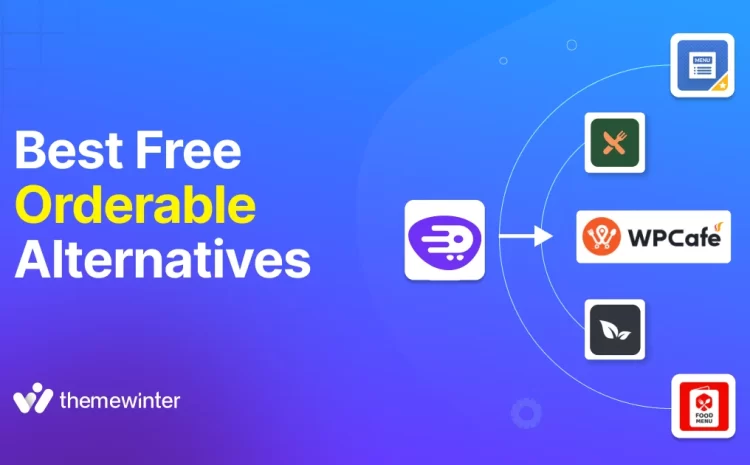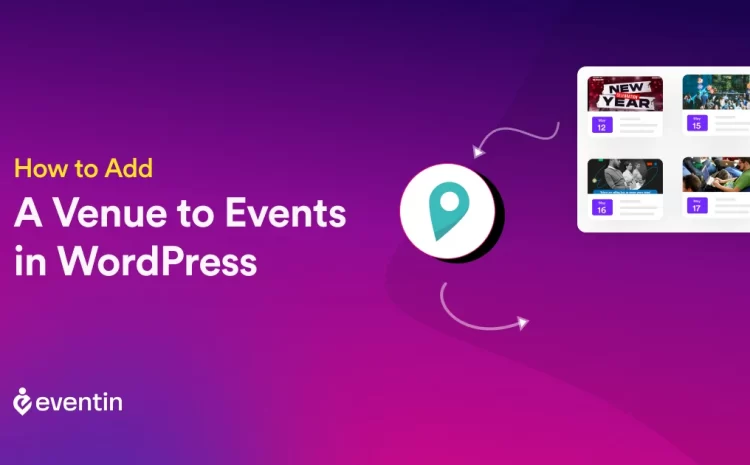How to Write Effective Meeting Reminder Emails (With Templates & Examples)
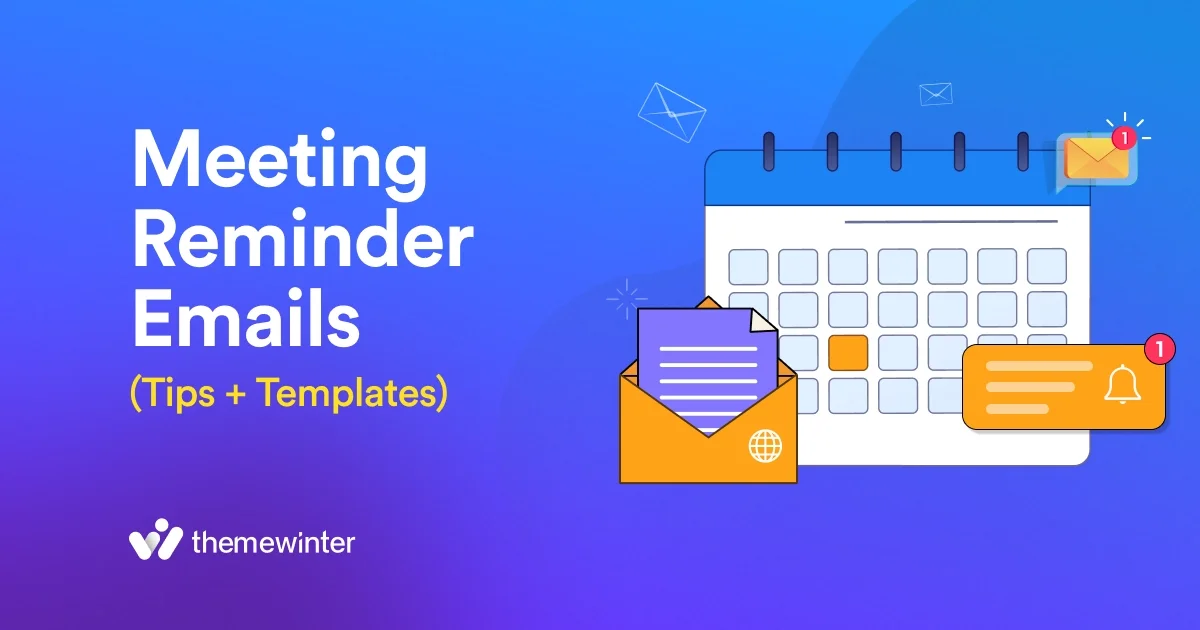
Table of Contents
A well-written meeting reminder email can change the outcome of any meeting.
It helps confirm attendance, share the agenda, and ensure everyone is ready and on time.
Writing an effective reminder email doesn’t have to be hard. With a clear format and the right message, you can make your reminders both friendly and professional.
This guide covers everything you need — tips, examples, and ready-to-use meeting reminder email templates — to help you write reminder emails that actually work. The result: more focused meetings and better participation every time. 🚀
📝 Quick summary: What you’ll learn
Here’s a short recap of what you’ve learned from this guide on writing effective meeting reminder emails:
- The importance of reminder emails and preparation.
- When to send reminder emails for the best response and engagement.
- How to write clear, personalized, and professional reminder messages.
- Key elements to include — agenda, meeting link, and call-to-action.
- ⚠️ Common mistakes to avoid when crafting reminder emails.
- Tips to make communication consistent and impactful across your team.
- 🔔 Recomanded free tools to help you automate reminders via email, WhatsApp, and SMS.
Mastering these steps will help you run smoother, more productive meetings — and build stronger communication across your organization.
What happens when you send a reminder email?
A meeting reminder email plays a vital role in maintaining clear and efficient communication within any organization. It helps ensure that meetings run smoothly, participants are prepared, and time is used effectively.
According to recent business communication studies, sending reminders can reduce meeting no-shows by 25–35% and significantly improve participation and punctuality.
Here’s why reminder emails matter:
- Improves attendance: A timely reminder keeps the meeting on everyone’s radar, reducing the risk of missed sessions or forgotten invites.
- Encourages preparation: Including the meeting agenda or discussion points helps attendees come ready with insights, files, or data — saving time during the session.
- Promotes punctuality: Reminders make it clear when the meeting starts and show that being on time matters to everyone.
- Increases engagement: A polite, personalized message can build interest in the topic and encourage active participation during the meeting.
- Minimizes last-minute changes: Sending reminders early helps people spot schedule problems and gives time to make changes without messing up the plan.
💡 Pro Tip
Send your first reminder 24 hours before the meeting to confirm attendance and share the agenda. Then, send a short follow-up 1 hour before the meeting starts with the meeting link — this combination ensures maximum attendance and preparation.
Tips for writing effective meeting reminder emails
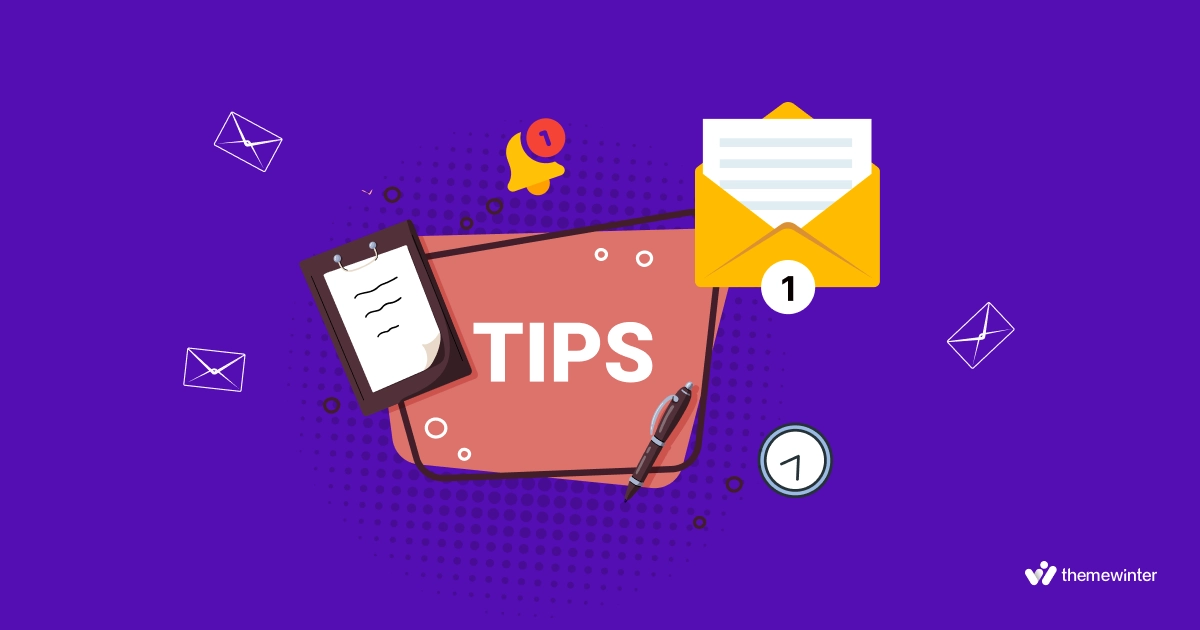
A well-written meeting reminder email does more than notify attendees — it builds trust, shows professionalism, and keeps everyone aligned. Here’s how to make every reminder clear, engaging, and effective 👇
1. Write a clear and direct subject line
Your subject line is the first thing people see. Make it short and specific so readers immediately know what the message is about.
Example:
- “Reminder: Marketing Team Meeting – Tomorrow at 10 AM”
- “Don’t Miss: Client Presentation on Thursday”
💡 Keep it under 60 characters so it displays properly on mobile devices.
2. Send your reminder email at the right time
Timing plays a big role in response rates. Send your reminder 24–48 hours before the meeting to give everyone enough time to prepare.
For high-priority or external meetings, send a brief follow-up reminder on the same day.
Example timeline:
- 48 hrs before → Full reminder with agenda
- 1 hr before → Short message with meeting link
3. Include all key details of your meeting
Make sure the recipient has everything they need in one place. Include:
- 📅 Date and time (with time zone if applicable)
- 📍 Location or meeting link
- 📝 Agenda or discussion topics
- 📂 Any files or prep materials
Example:
Meeting: Product Strategy Review
Date: Tuesday, April 12, 10:00 AM (GMT+6)
Agenda: Review Q2 launch plan
Link: [Zoom Link]
4. Personalize your reminder email
Address recipients by name and tailor your tone to the meeting type. A personal message feels friendlier and shows care.
Example: “Hi Sarah, just a quick reminder about tomorrow’s design sync. Please review the layout mockups before joining.”
5. Add a clear call to action
If you expect attendees to confirm, review files, or prepare something, say it clearly. Avoid vague requests.
Example:
“Please confirm your attendance by replying ‘Yes.’”
or “Kindly review the attached slides before the meeting.”
6. Maintain a polite and professional tone
Keep your message confident but approachable. Avoid slang or overly casual words — it sets the tone for a focused meeting.
Example:
Instead of: “Hey everyone, just reminding you…”
Use: “This is a quick reminder for our scheduled meeting tomorrow.”
7. Format your email for quick reading
Busy professionals often skim emails. Use short sentences, bullet points, and bold text to make key details easy to spot. Example:
Agenda:
- Campaign timeline review
- Budget discussion
- Next steps for client onboarding
💡 Pro Tip
Always include your contact information or a quick reply option in case someone needs help joining or clarifying meeting details.
Free templates for reminder emails
To help you get started, below you will find a few examples of templates that can be used for various types of meeting reminder emails.
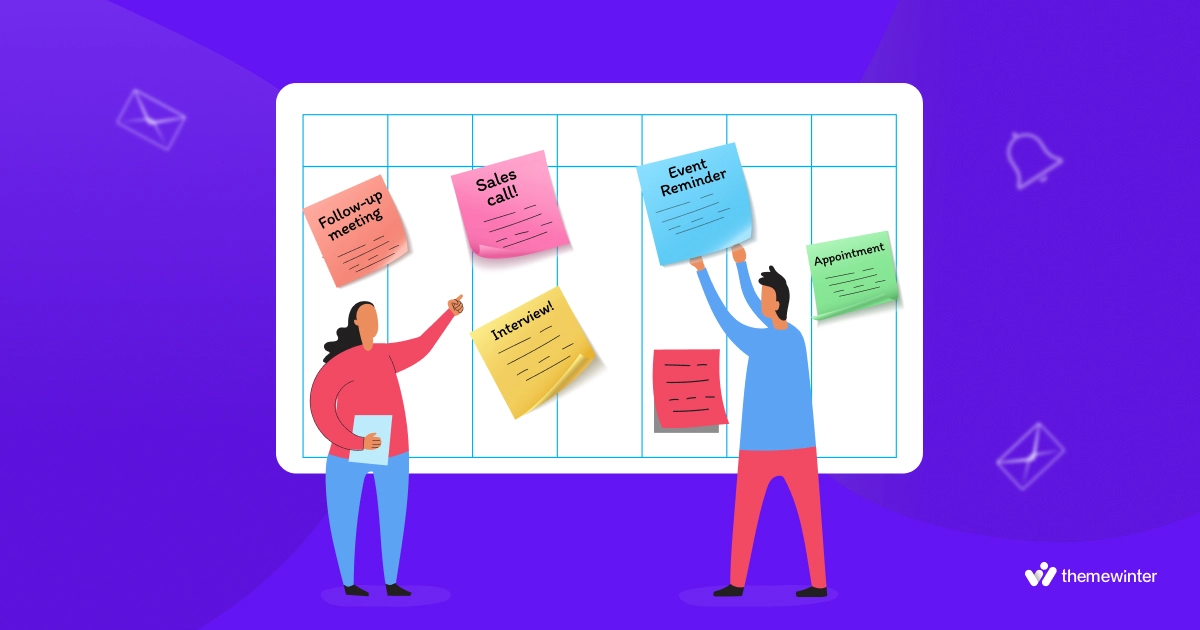
Event reminder email template
Subject: Reminder: [Event Name] on [Date]
Hi [Attendee’s Name],
We are excited to remind you about the upcoming [Event Name] happening on [Date] at [Time].
Event Details:
- Date: [Date]
- Time: [Time]
- Location: [Venue Address/Virtual Event Link]
Here’s what you can expect at the event: [Brief Agenda/Highlights]. Please confirm your attendance by replying to this email.
Looking forward to seeing you there!
Best,
[Your Name]
[Your Position]
[Event Organization]
[Contact Information]
Appointment reminder email template
Subject: [Reminder] Your appointment with [Company/Individual] on [Date]
Hi [Recipient’s Name],
It is my pleasure to remind you of your upcoming meeting with [Company/Individual] on [Date] at [Time].
Details:
- Date: [Date]
- Time: [Time]
- Location: [Address/Virtual Meeting Link]
Please let us know if you need to reschedule or have any questions. (It will be great to see you).
Best regards,
[Your Name]
[Your Position]
[Company Name]
[Contact Information]
Interview reminder email template
Subject: Interview Reminder: [Position] Interview with [Company Name]
Dear [Candidate’s Name],
We are looking forward to your interview for the [Position] role at [Company Name] on [Date] at [Time].
Details:
- Date: [Date]
- Time: [Time]
- Location: [Address/Virtual Meeting Link]
- Interviewer: [Interviewer’s Name and Position]
Please ensure you have the following documents ready: [List of Documents]. If you have any questions or need to reschedule, feel free to contact us.
Best regards,
[Your Name]
[Your Position]
[Company Name]
[Contact Information]
Sales call reminder email template
Subject: Reminder: Sales Call with [Company Name] on [Date]
Hi [Recipient’s Name],
Just a quick reminder about our scheduled sales call on [Date] at [Time].
Call Details:
- Date: [Date]
- Time: [Time]
- Dial-In Number/Link: [Dial-In Information/Virtual Meeting Link]
We will be discussing [Topics/Agenda]. Let us know if you need to reschedule or if you would like to address any specific points.
Best regards,
[Your Name]
[Your Position]
[Company Name]
[Contact Information]
Follow-up meeting reminder email template
Subject: Follow-Up Meeting Reminder: [Meeting Topic] on [Date]
Hi [Recipient’s Name],
This is a reminder for our follow-up meeting regarding [Meeting Topic] on [Date] at [Time].
Meeting Details:
- Date: [Date]
- Time: [Time]
- Location: [Address/Virtual Meeting Link]
We will be reviewing [Agenda/Previous Action Items]. Please ensure you have the relevant documents ready.
Best regards,
[Your Name]
[Your Position]
[Company Name]
[Contact Information]
RSVP meeting reminder email template
Subject: Reminder: RSVP for [Meeting/Event] by [Date]
Hi [Recipient’s Name],
We wanted to remind you to RSVP for the upcoming [Meeting/Event] scheduled on [Date] at [Time].
Event Details:
- Date: [Date]
- Time: [Time]
- Location: [Address/Virtual Meeting Link]
Please confirm your attendance by [RSVP Deadline]. If you have any questions or need further information, feel free to contact us.
Best regards,
[Your Name]
[Your Position]
[Company Name]
[Contact Information]
Avoid these common mistakes in your meeting reminder emails
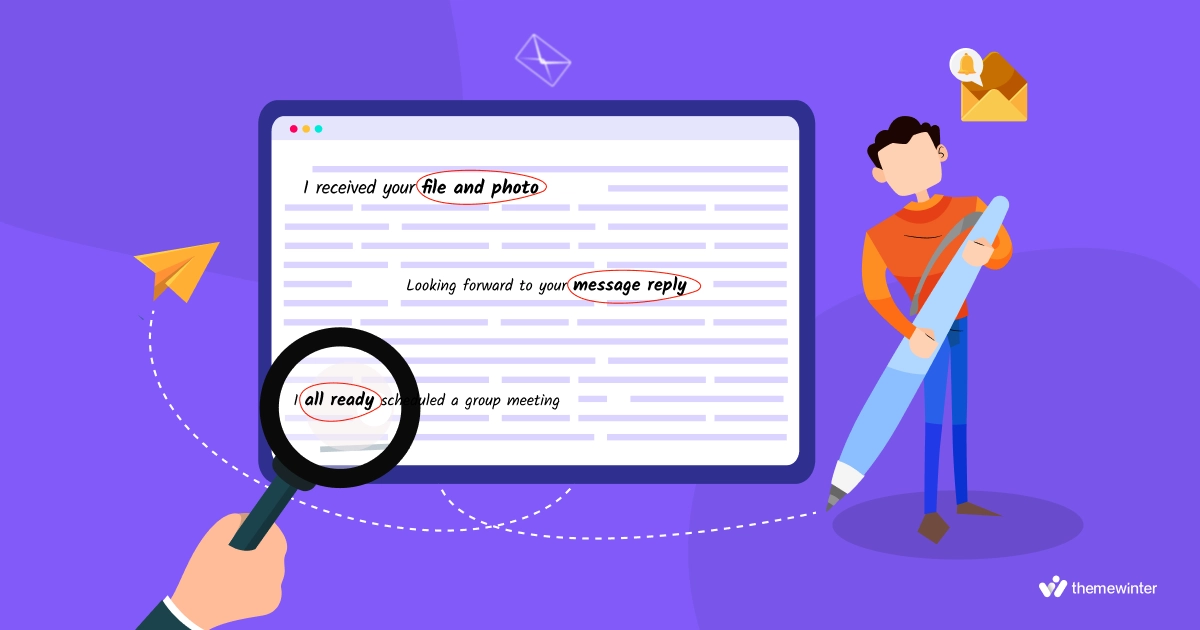
Even a small mistake in a reminder email can cause confusion, missed meetings, or a poor impression. Here are the most common errors — and how to avoid them 👇
Mistake 1. Making the email too vague or too detailed
Keep your reminder short and focused. Avoid long explanations or unnecessary context that can make the message hard to read.
Example:
❌ “We’re meeting to discuss the entire quarterly report and every marketing activity.”
✅ “We’ll review Q2 results and finalize the campaign plan.”
Mistake 2. Sending it at the wrong time
If you send the reminder too early, people will forget. Too late, and they won’t have time to prepare.
Best practice: Send your main reminder 24–48 hours before the meeting, and a short follow-up 1 hour before for quick access to the link.
Mistake 3. Missing a clear call to action
Attendees should instantly know what they need to do next — confirm attendance, read materials, or bring specific data.
Example:
- “Please confirm your attendance by 5 PM today.”
- “Kindly review the attached file before joining.”
Mistake 4. Skipping follow-up messages
If attendance confirmation is needed, don’t assume silence means yes. A short follow-up keeps communication professional and ensures no one is left out.
Example: “We noticed you haven’t confirmed your spot yet — please reply by 2 PM so we can finalize the meeting.”
Mistake 5. Using poor formatting
Long paragraphs or messy layouts can make your email hard to read. Use bullet points, spacing, and bold text to highlight key details like time, date, and meeting links.
Mistake 6. Ignoring personalization
Generic reminders feel robotic. Address the recipient by name and tailor the content slightly to their role or involvement.
Example: “Hi John, just a reminder for tomorrow’s project sync. We’ll review your latest mockups first.”
Mistake 7. Choosing the wrong tone
Your tone shapes how people perceive the meeting. Too formal feels cold; too casual feels careless. Aim for polite, confident, and friendly.
Example:
✅ “Looking forward to connecting tomorrow and discussing next steps.”
❌ “Hey team, don’t forget the meeting!”
Better communication leads to better meetings
Effective communication is the foundation of productive meetings. A well-timed and thoughtfully written meeting reminder email ensures that every participant is informed, prepared, and aligned before the discussion begins.
When reminders are clear, concise, and personalized, they do more than prevent no-shows — they create structure, encourage accountability, and improve the overall meeting experience.
The result is simple: better communication, stronger teamwork, and more meaningful outcomes from every meeting.
Manage professional appointments with WP Timetics
Schedule meetings, send reminders, handle reschedules, and manage users and teams — all in one place.
🔔 Multi-channel reminders (highlight)
- Email reminders with agenda and links
- WhatsApp reminders for quick confirmations
- SMS reminders for on-time arrivals
- Meeting residue option to adjust sessions when plans change
- User & team management: roles, availability, and permissions
- Calendar view: day, week, and month at a glance
- Timezone smart links for global teams
Works with your existing calendar. Quick setup. No coding needed.
Written By
Khalid Hassan Emran
Khalid Hassan Emran is a Technical Content Writer at Arraytics. As a tech addict, he loves to write all about SaaS & WordPress: themes, plugins, blogs, and tutorials. Digital marketing and SEO are his other strong suits. His passion is working with different buyer personas and new marketing strategies. In his free time, he enjoys playing CS:GO and reading novels.📖
Looking for fresh content?
Get articles and insights from our weekly newsletter.
